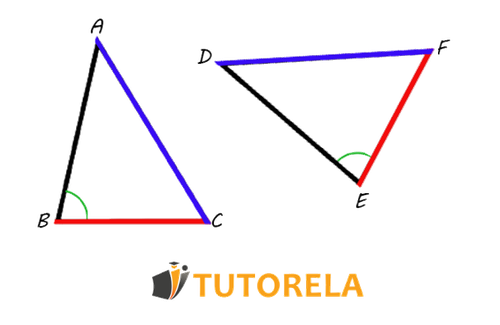Congruence in geometry refers to two figures that have the exact same shape and size, meaning they can perfectly overlap when placed on top of one another.
There are 4 criteria to determine that two triangles are congruent. In this article, we will learn to use the fourth criterion of congruence:
Fourth Congruence Theorem: Side-Side-Angle
In summary: SSA
It means that:
if two triangles have two pairs of equal sides and the angle opposite the larger of these two pairs is also equal, then the triangles are congruent.

Recognizing the SSA Pattern:
In this criterion, you have two sides of a triangle and an angle that is not between them. However, unlike other congruence criteria, SSA can be ambiguous. Depending on the angle’s size and the relationship between the sides, multiple triangle configurations can arise.
The Ambiguity of SSA:
A key thing to remember is that the SSA criterion does not always lead to a unique triangle. When the angle is acute, two different triangles may satisfy the given side and angle conditions. This is referred to as the "ambiguous case" in trigonometry. It occurs because depending on the relative length of the sides, there may be two possible solutions, one solution, or no solution.
Flipped and Rotated Triangles:
Like with other triangle congruence criteria, flipping or rotating the triangle will not change its congruence. So, when matching triangles, always ensure that you are comparing corresponding sides and angles, even if the triangles are oriented differently.